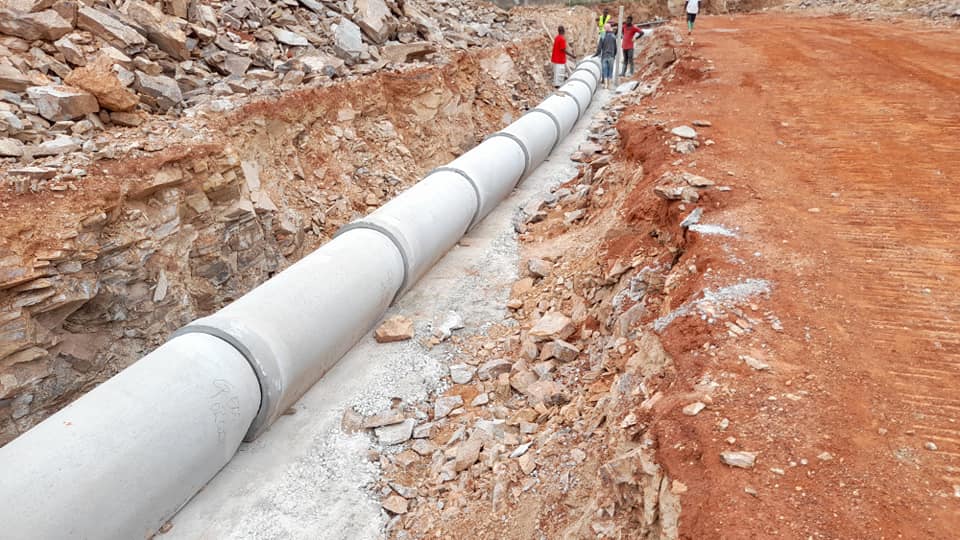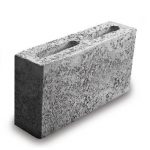
What are Culverts?
They are structures that allow water to flow under a road, railway, trail, or similar obstruction. They are typically used to manage water flow, prevent flooding, and protect road infrastructure. Culverts come in various shapes and sizes, including round, rectangular, and elliptical, and are made from materials such as concrete, steel, or plastic.
Features and Characteristics of Culverts:
- Material: They can be made from a variety of materials,
including concrete, steel, plastic, or aluminum. The choice of material depends
on factors such as the expected water flow, environmental conditions, and
budget. - Shape: They come in different shapes, including round,
rectangular, and elliptical. The shape of the culvert is chosen based on the
site conditions and the requirements of the project. - Size: They can vary in size from small diameter pipes to
large box culverts. The size of the culvert is determined by factors such as
the expected water flow, the size of the obstruction, and the requirements of
the project. - Installation: Culverts are typically installed by excavating
a trench, placing the culvert in the trench, and then backfilling the trench to
secure the culvert in place. Proper installation is crucial to ensure the
culvert functions correctly and does not become damaged. - Maintenance: They require regular inspection and
maintenance to ensure they remain in good condition. This may include removing
debris, repairing damage, and ensuring the culvert is clear of obstructions.
There are several types of culverts, each suited to different conditions and requirements. Here are some common types:
- Pipe Culverts: These are the most common type, consisting of a pipe that allows water to flow underneath a road, railway, or embankment.
- Box Culverts: These are box-shaped structures that can carry a larger volume of water compared to pipe culverts. They are often used for larger spans and higher flow conditions.
- Arch Culverts: These culverts have a semi-circular or elliptical shape and are commonly used in areas where the landscape requires a bridge-like structure.
- Slab Culverts: These culverts consist of a single slab of concrete or metal that spans the width of the waterway. They are commonly used for small to medium-sized waterways.
- Pipe Arch Culverts: These are similar to pipe culverts but have an arch shape, allowing them to carry a larger volume of water.
- Box Culverts with Link Slabs: These are box culverts that have link slabs on top, allowing them to be used as part of the roadway itself.
- Each type of culvert has its own advantages and is chosen based on factors such as the size of the waterway, the flow of water, and the surrounding landscape.
Importance of Culverts:
- Flood Prevention: They help to manage water flow,
reducing the risk of flooding during heavy rainfall or snowmelt. - Infrastructure Protection: They protect roads, railways,
and other infrastructure from damage by allowing water to flow underneath them. - Erosion Control: Culverts can help to control erosion by
managing water flow and preventing excessive runoff. - Wildlife Habitat: Culverts can provide habitat for wildlife
by creating a passage under roads or railways, allowing animals to move safely
between habitats. - Improved Drainage: Culverts can improve drainage in areas
prone to waterlogging, helping to maintain soil quality and prevent
water-related damage.




